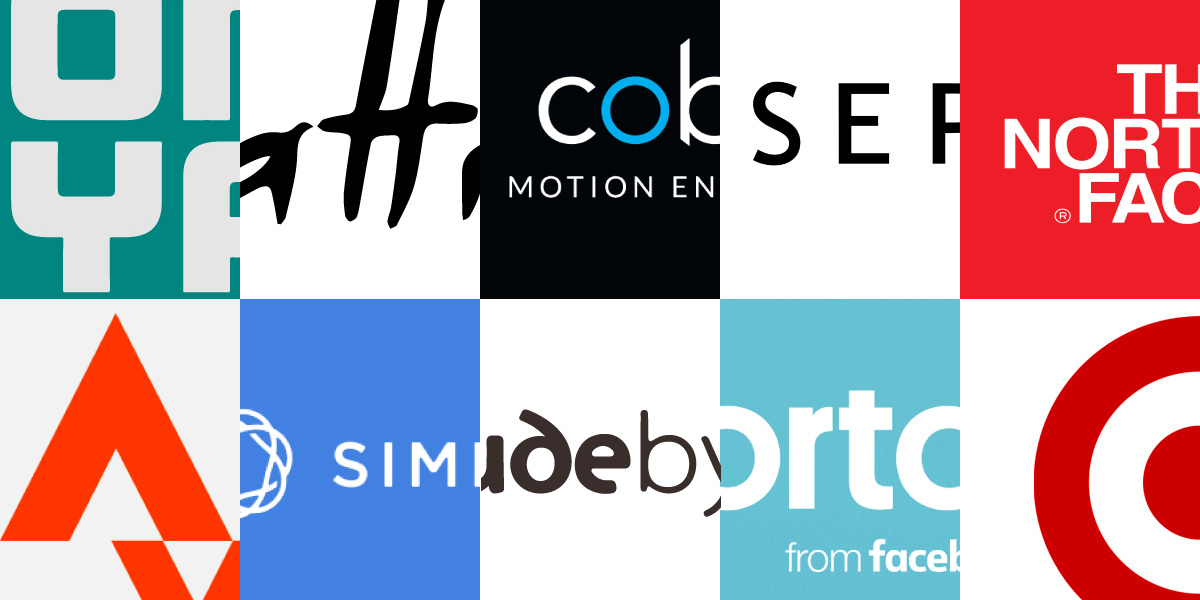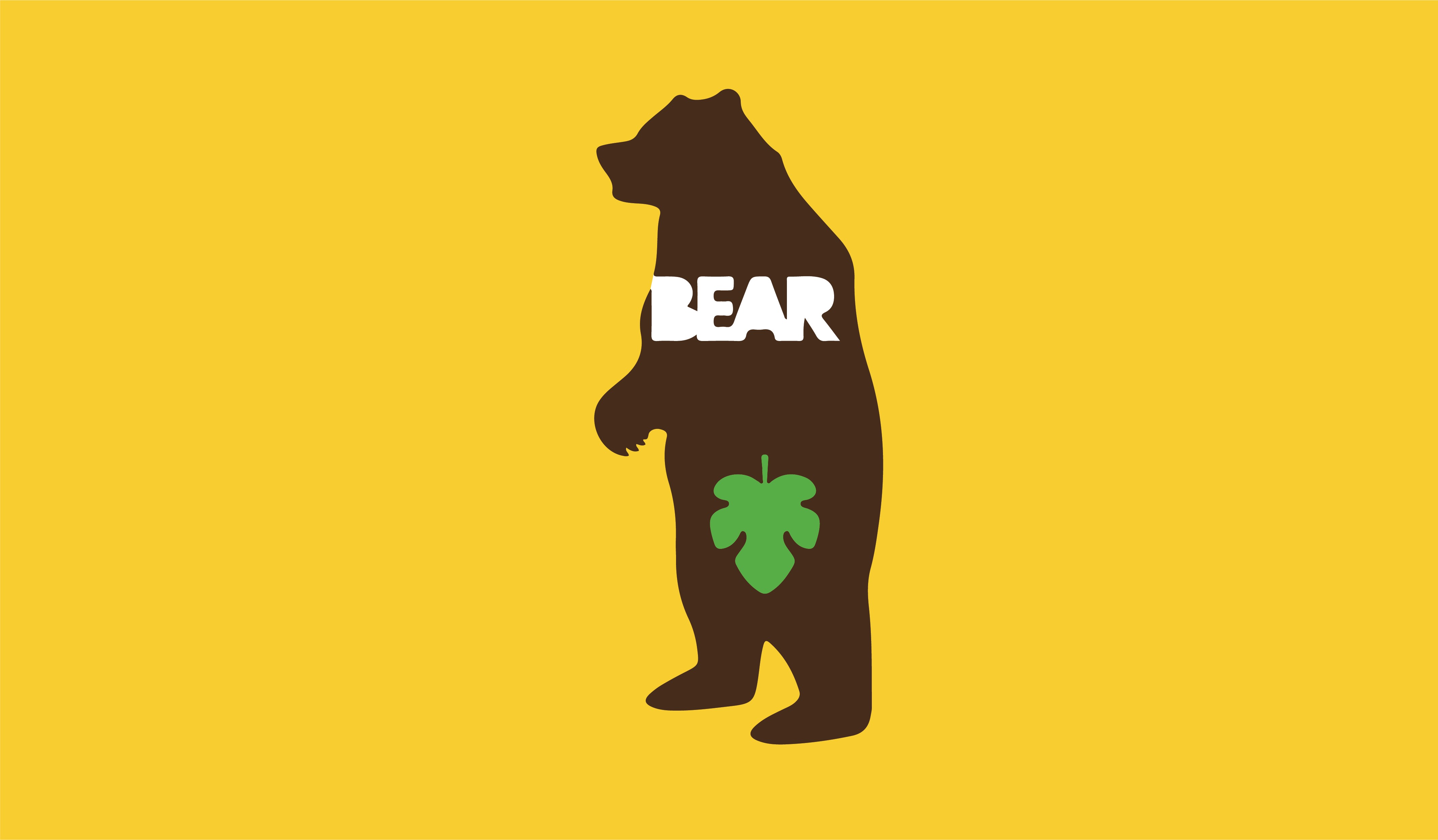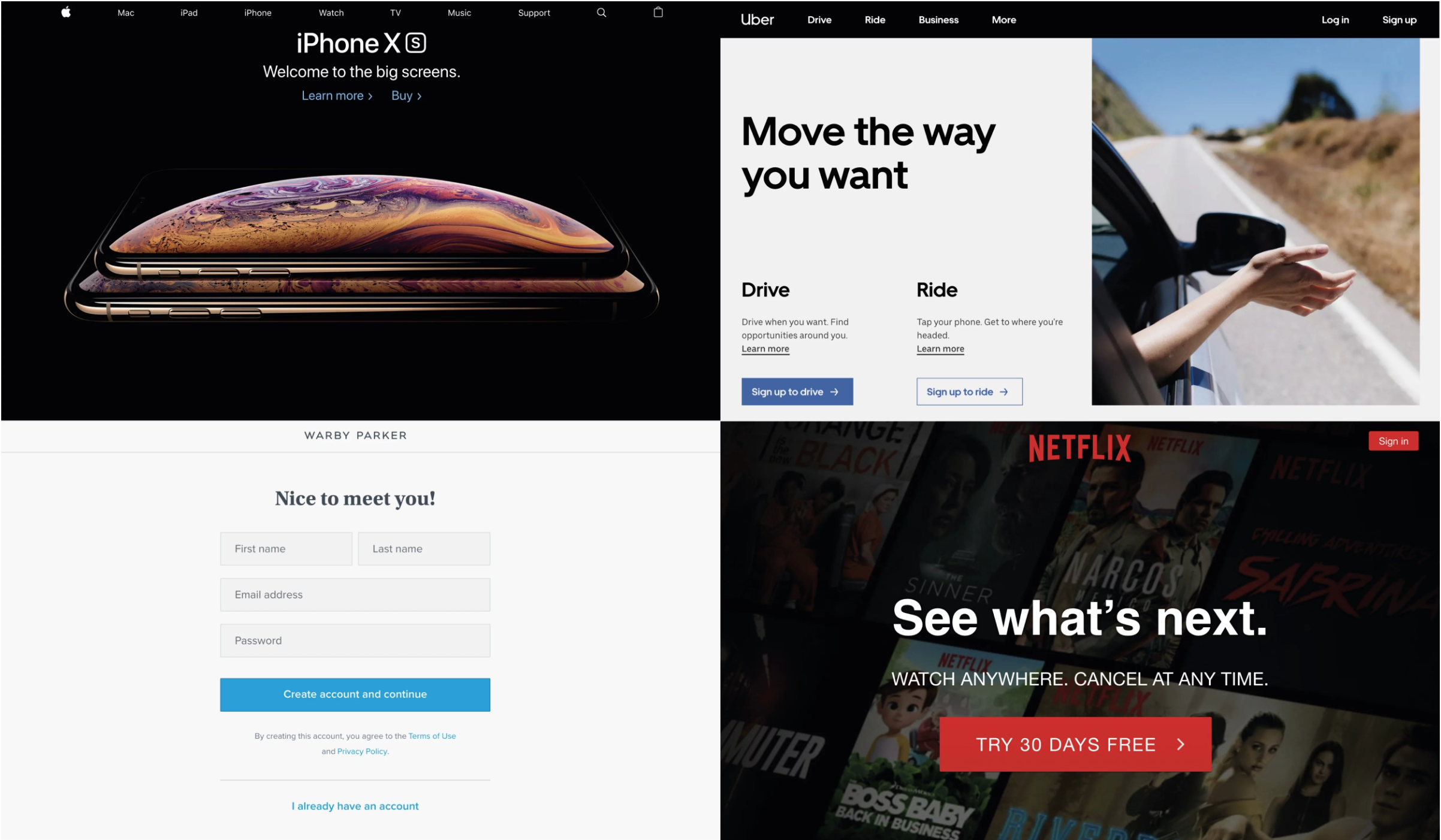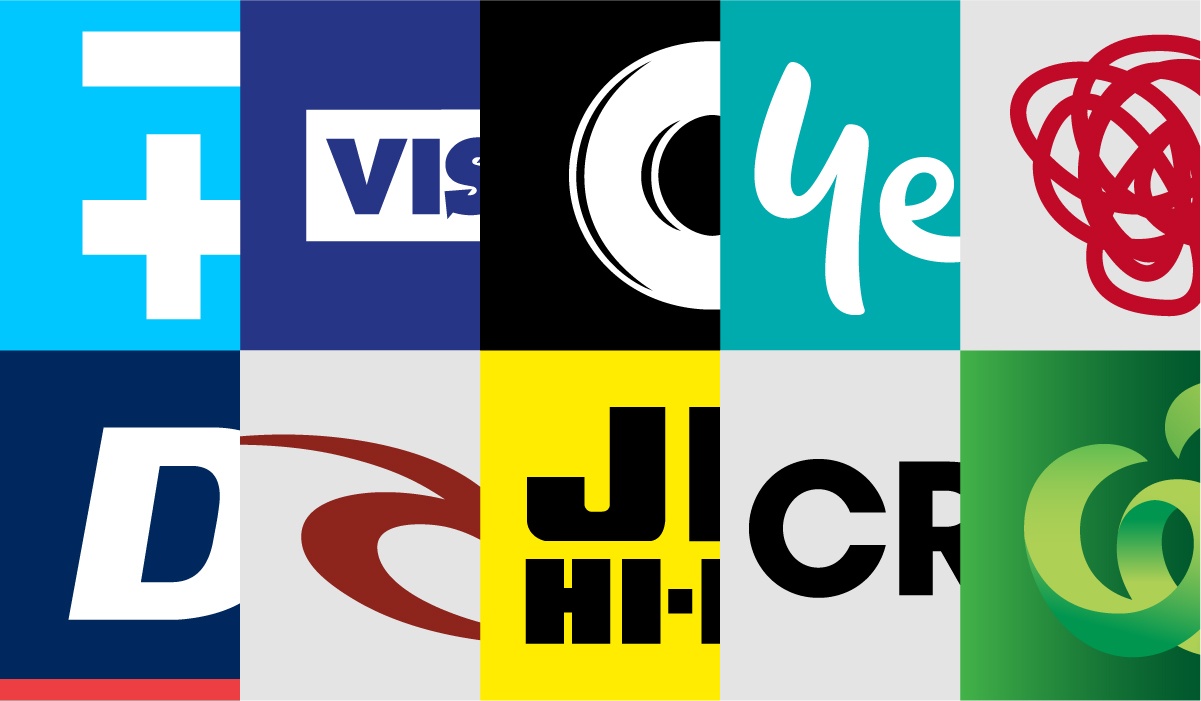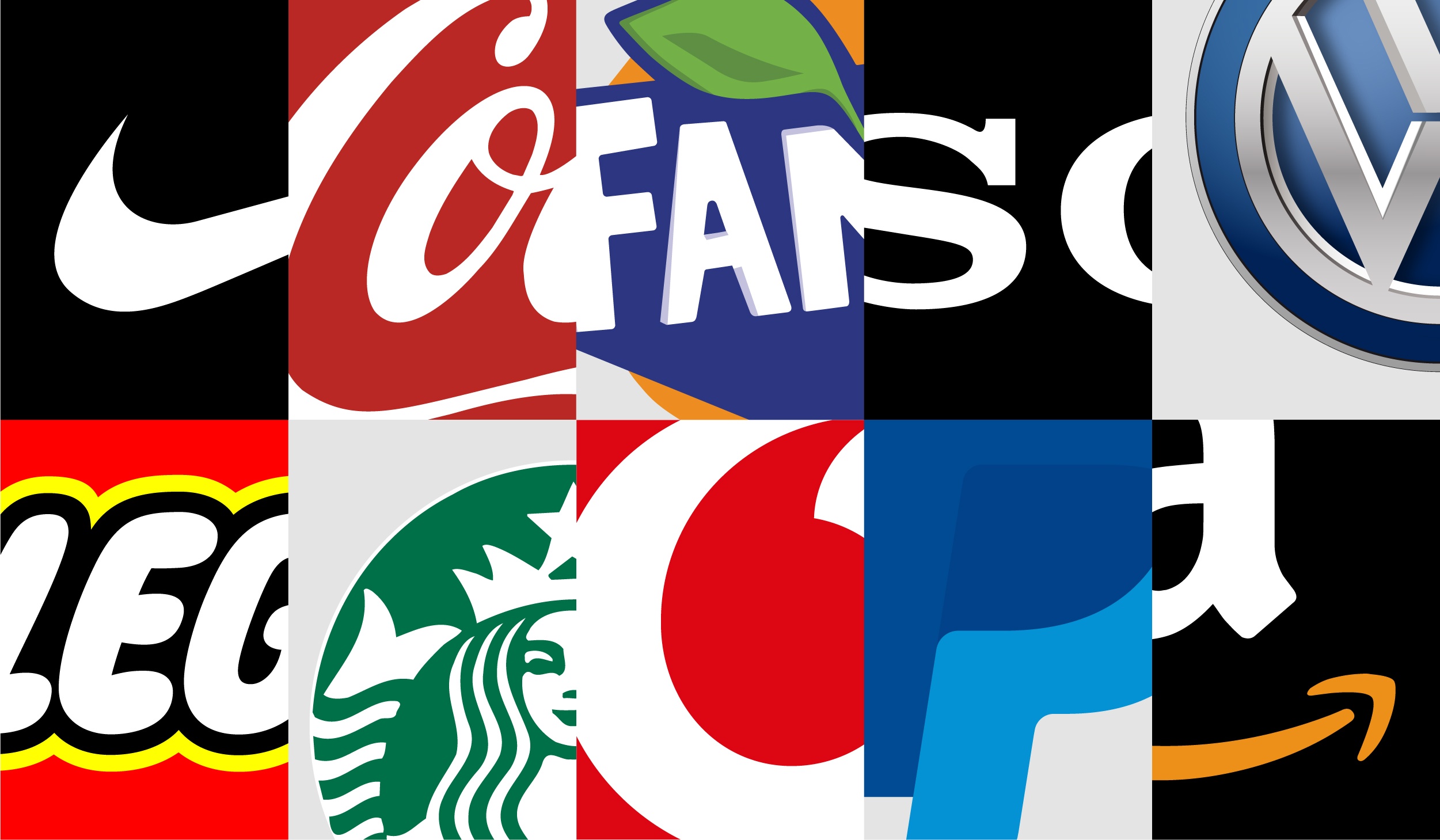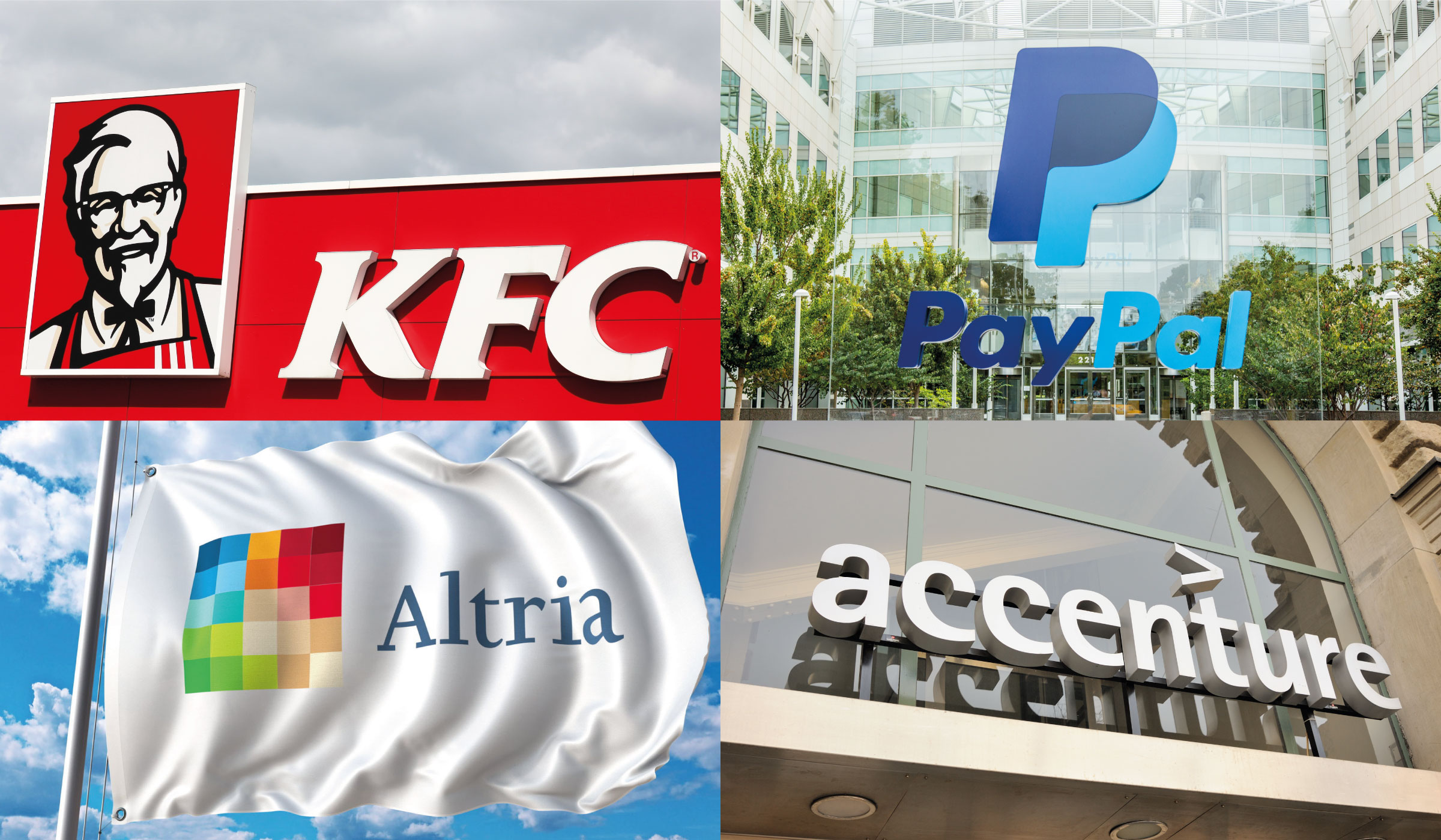Consumer trends are the crux of this research; we’ve identified the top ten expectations consumers have of brands going into 2019. Regardless of your industry or sector, understanding the cultural shifts that shape global consumer preferences is critical to remaining relevant and agile. We’ve identified the top 10 shifts in what consumers will expect from brands in 2019.
1. Brands that allow them to express their values
Consumers increasingly think of themselves as brands. Social media platforms have risen in power beyond the constraints of the digital world. With social influencers earning up to $250k for a single post, the average individual is ever conscious of the impact their personal “brand” on social media may have on real-life success.
Consumers are not only choosing brands whose values align with theirs, but they also want to be able to express these values clearly to the outside world.
The implication this has on brands is twofold. First, consumers are increasingly aware of the way brands articulate their values through their customer touchpoints. It has never been more important for brands to have carefully articulated values and tone-of-voice. This is because, secondly, consumers want other people to know what they stand for through what they choose to consume. Consumers want to be able to show they support the environment, women’s rights, or animal rights, for example, through the makeup they wear or car they buy.
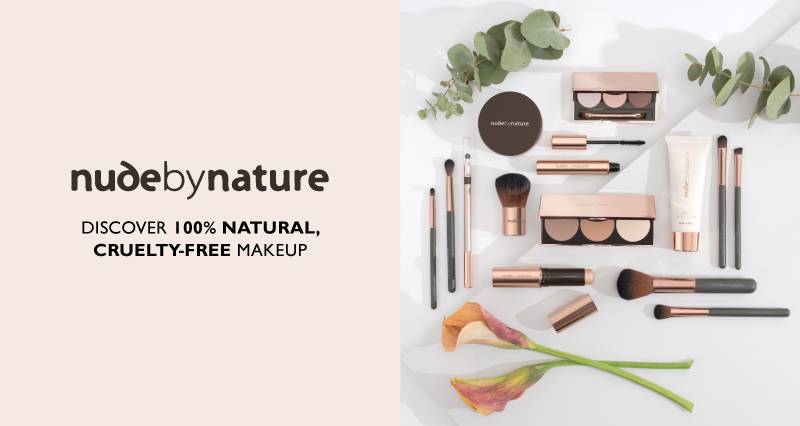
Nude by Nature is a makeup brand whose point of difference is their PETA approved formulas and 100% natural ingredients. However, they don’t skimp on their lux, rose gold packaging which is clearly tailored for their aesthetically-conscious customers keen on posting their daily routines on social media.
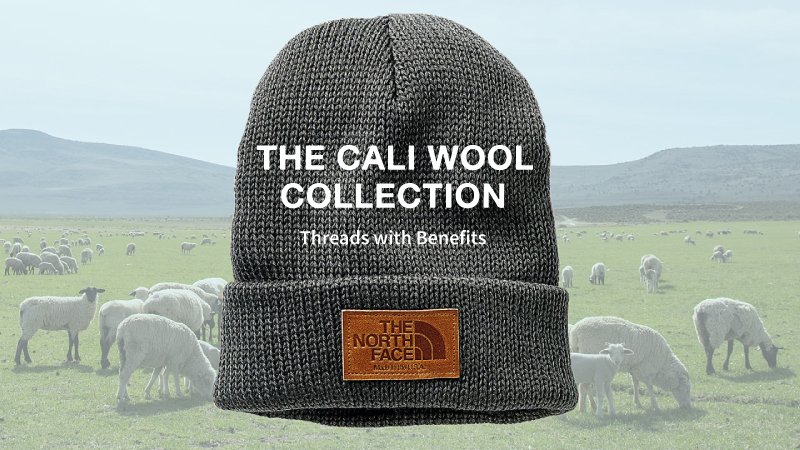
Similarly, The North Face, a premium, mass-market sporting and outdoors brand, now offers their Cali Wool collection which boasts a negative net carbon impact. This range offers the perks of environmentally-centred design without sacrificing the high-end, rugged look their customers are looking to show off.
2. Brands that champion the new definition of luxury
In addition to thinking of themselves as brands, consumers think of themselves as businesses. Increasing demands on our attention and the many ways we are now able to multitask has led to our constant battle to find space between work and leisure. This has contributed to a rise in the importance of self-care.
How consumers spend their most valuable resource– time – is greatly impacting the way they interact with brands. More and more, consumers are looking for brands that help them take care of themselves. We see this through the rise of fitness, wellness, and productivity apps and products.
But this trend extends beyond those particular platforms.
Consumers are looking for brands that encourage them to live with more healthy intentions in how they spend their time.
Euromonitor describes that consumers are beginning to see social media engagement as another obligation that requires time and energy. The phrase “JOMO” or “Joy of Missing Out” has been used to encapsulate the pleasure in spending time alone or resting. Consumers are drawn to brands that help them increase this “rest” time through software and holistic brand communications.
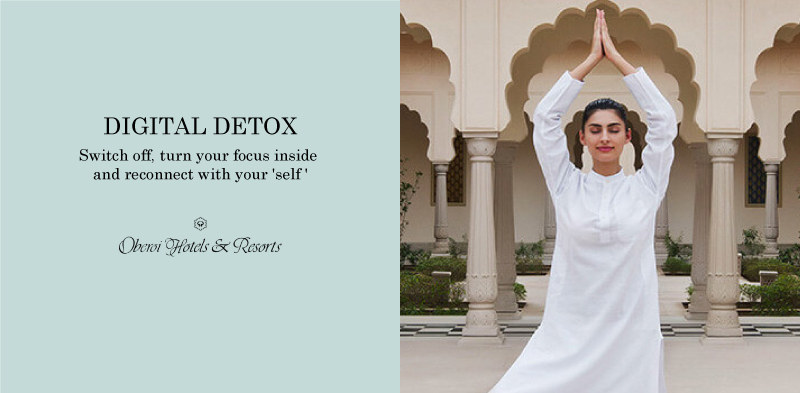
Oberoi Hotels in India is creating experiences where people can pay to do nothing. Their “Digital Detox” packages offer customers time away from their devices and more time in mindfulness, meditation and spa treatments. These kinds of getaways are increasingly being marketed as a luxury experience and come with a hefty price tag.
3. Brands that seem more human
It goes without saying that people want frictionless interactions with the brands they choose, whether it’s a bank teller or the user interface of an online checkout. The speed at which communication is conducted, paired with the tech capabilities we currently harness, have created a customer that expects that kind of ease in all of their brand interactions.
Beyond intuitive design, however, customers are looking for brands that encourage them to be the best versions of themselves– like a good friend.
It’s a known fact that certain brands are known as aspirational brands, but in 2019, consumers are looking for brand relationships that feel less robotic and more real regardless of whether they are purchasing an FMCG or luxury good.

Going beyond transactional relationships is extending even into the world of transactions–banking. Simple Bank is an online banking service that features an easy-to-use, friendly design that encourages you to save money. Like a cooler, smarter best friend, this brand helps its customers feel like they are being supported practically and emotionally in their fiscal endeavours.
4. Brands that foster communities
In trying to heighten the organic, human nature of their contact, brands are trying to encourage interaction online. Communities for specific interests are something that consumers are looking for with more frequency. Brands that support and contribute to these conversations can leverage the positive attitudes held towards brands and appear more transparent. Creating and leveraging this community where there previously was none is something that healthcare, law, and government brands are starting to implement.
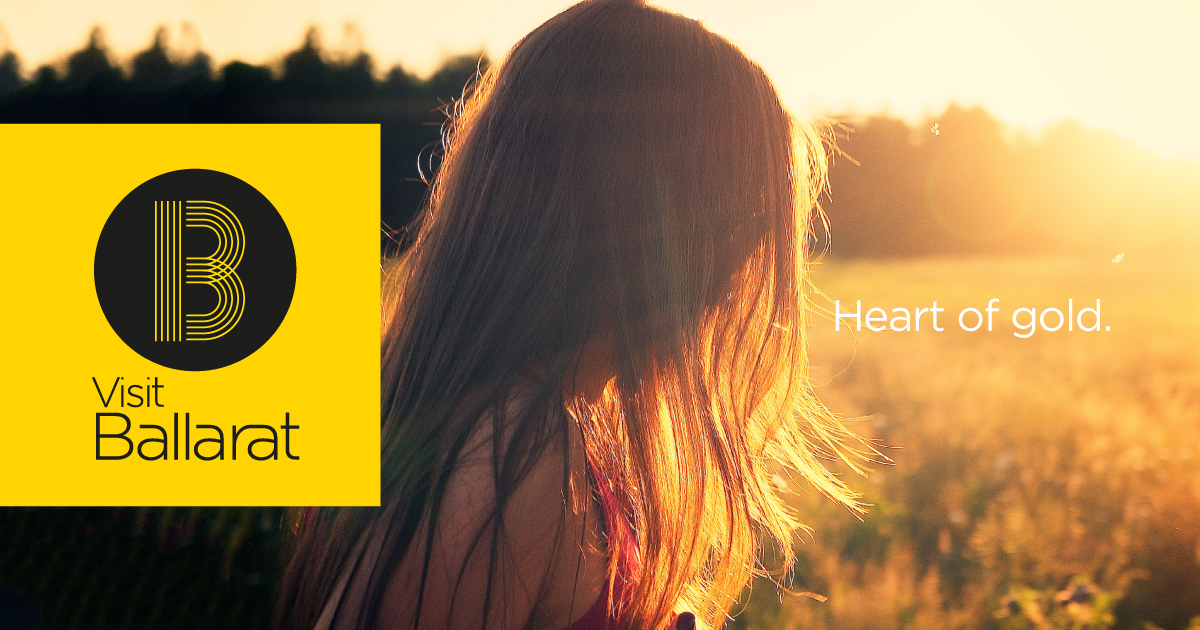
For example, the rise of re-branded cities and towns highlight the focus on fostering a uniform community experience. The city of Ballarat, for example, refreshed its identity with the goal of appealing to a new generation of residents, business owners, and tourists.

Strava, a social fitness network, was initially created to help map rides for cyclists but has evolved into a social support system where cyclists, runners and swimmers can now access additional paid support services to help them achieve their goals.
5. Brands that treat customers as experts
Consumers are relying less on brands for information on the quality of the products and services they offer. Consumers are instead turning to each other and spending more time reading forums and watching reviews before making the decision to purchase, regardless of price. Moving forward, brands will be required to find ways to counteract negative reviews, showcase good feedback, and encourage their consumers to upload positive content.
Because consumers have raised themselves on a pedestal as the experts on brands, they are becoming entitled to a greater number of perks than they were before. Brands will have to be more willing to give away things, through the form of discounts, free gifts, or special offers in order to increase word-of-mouth. Influencers, more than ever before, will play a critical role in this word-of-mouth (WOM) economy.
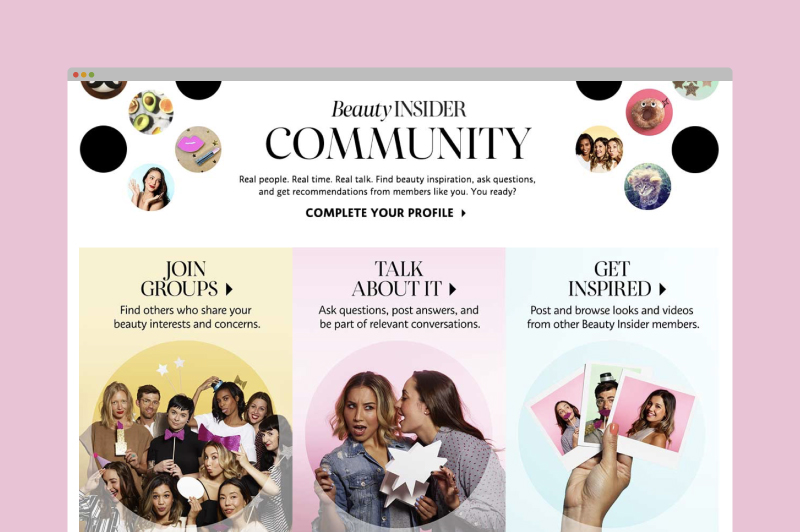
In the confusing world of cosmetics and skincare, beauty giant, Sephora, have made it easier for customers to connect with each other to alleviate the anxieties a person may have in buying $85 foundation. They’ve created the Insider Community so that people with similar skin tones, types, and preferences can find and learn from each other.
6. Brands as ethical teachers
With the plastic-free movement becoming a more mainstream desire, consumers are looking to brands to take the lead in teaching them how to live more sustainable lives. Other similar trends showcase this latent but emerging interest; more and more people are choosing to go vegan for a couple of meals a week; the number of people choosing animal-friendly or plant-based products is increasing; and people are looking for packaging that tells them where something is from.
Along with looking for brands that align with their personal values, consumers want transparency and ease-of-use in striving to make more ethical consumption decisions.
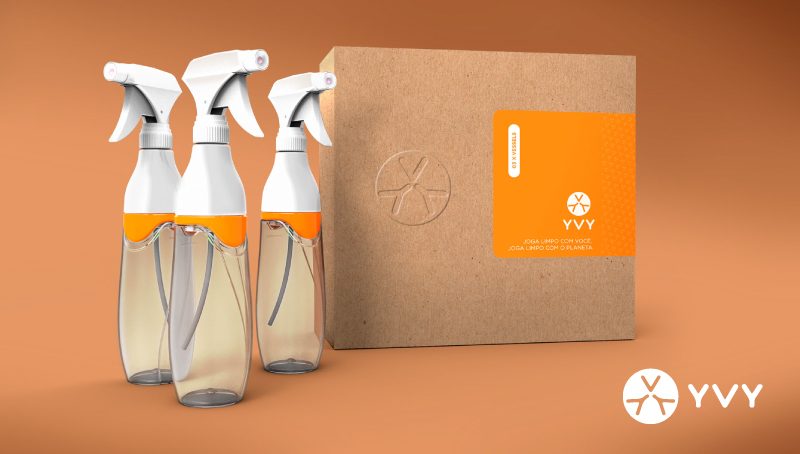
Yvy is a Brazilian-based cleaning company that teaches its users how to clean with their water-saving, environmentally friendly cleaning solutions. They take it on themselves to show consumers how to make less of an environmental impact.
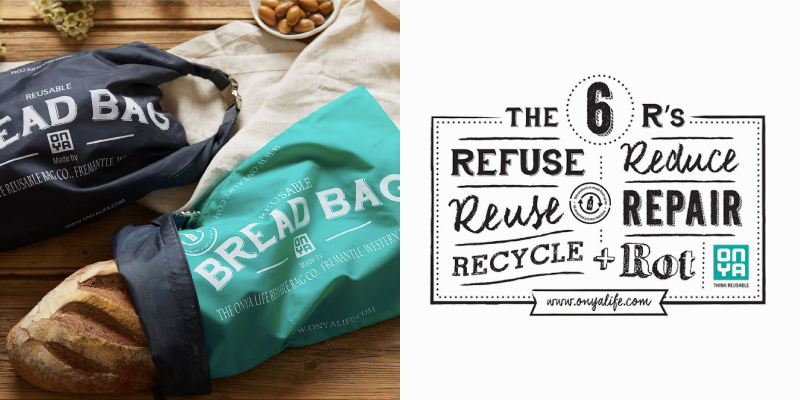
Companies like Onya make products dedicated to helping people ditch single-use plastic products. They aid in those small decisions that consumers are increasingly making towards living sustainably. A large component of their brand comms is their blog where they feature advice and tips on how to live more sustainably.
7. Brands that allow for streamlining
Seamlessness of experience with the Internet of Things (IoT) is a reality that brands need to anticipate before it is fully realised in order to keep a competitive edge. The connectivity and ease of communication that consumers experience across messaging apps and social platforms is extending into other spheres of their lives. App-linking capabilities and utilising multi-functional platforms is a reaction to the clutter that consumers feel with the apps that crowd their screens.
Simplicity in their experiences will allow consumers to feel like they have more control over their time and their ability to manage it.
Time is a precious resource and brands who are willing to go out of their way to help their customers be more time-savvy will benefit in the long run.
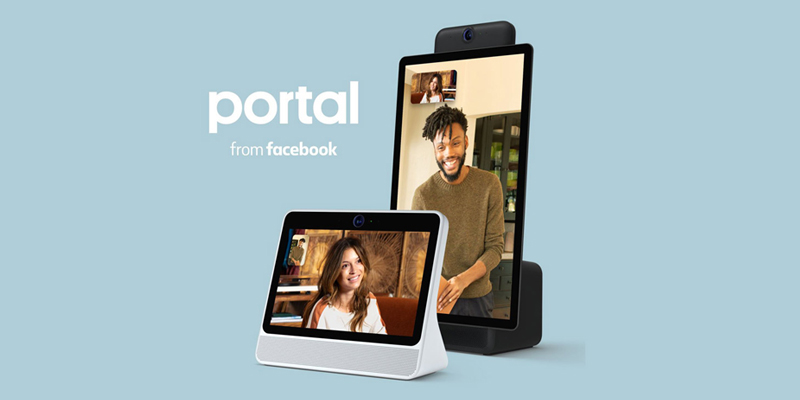
Facebook, which often serves as the link between apps, has recently launched their first tangible product, the Portal, a smart display that allows people to utilise Facebook services. Customers can now use video chat and messenger with additional features such as a camera that auto-zooms to follow you around the room as you finish tasks and video chat.
8. Brands that are focused on local authenticity
Consumers are showing a trend of interest towards locally made products. People are growing tired of the globalised clamour of products and yearn for the simplicity of local economy and products. This means a lot for brands moving forward.
Consumers want products that are unique. In the inundation of mass-produced goods, consumers are showing more interest in one-of-a-kind goods that fall somewhere between mass-produced and luxury-imported.
Consumers want higher quality, differentiated offerings to convey a certain level of status.

The restaurant industry shows the rise of this interest in hyperlocal products especially. Melbourne-based restaurant, Attica, embraces produce and dishes inspired and sourced by food indigenous to Australia. It’s global acclaim and 3-month-long waitlist are proof of the allure of a unique gastronomic experience that is hyperlocal.
9. Brands who take care of all age brackets
Millennial consumer trends are one of the most common topics of interest that brands have been discussing in the past couple of years, but there are two other age groups that should not be neglected.
The 50+ market is growing in both number and proportion all over the world. Brands ought to tap into the desires of this market not only because of their spending power but also because of their disregard for age– they are seeking products and experiences that are often similar to their younger counterparts. This can hold a lot of potential for increasing market coverage. The lifestyle of this demographic is also in stark contrast to that of their parents. They are increasingly living alone and looking for products and services that will accommodate that lifestyle.
Gen Z is increasing in buying power. This market has shown to be even more fickle than their Millennial siblings and hold even more demands on the interfaces they use. This generation is one that brands need to observe closely as they reach financial independence.
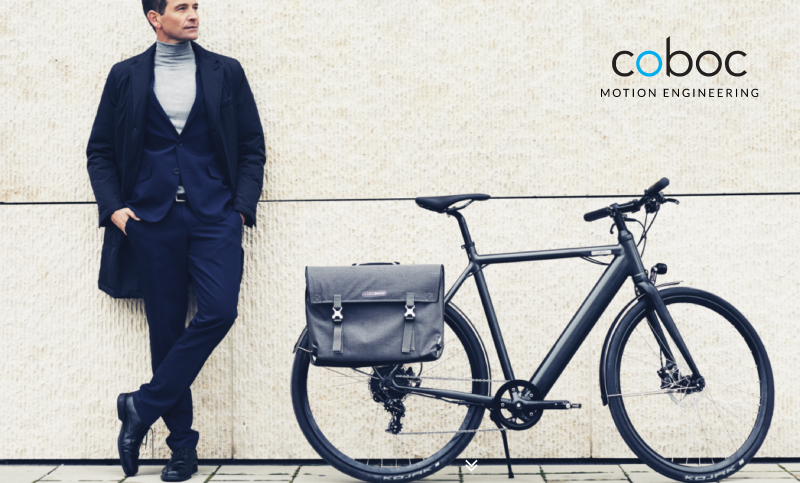
Companies like Coboc, who specialise in electronic bikes, use branding that appeals to all age brackets. Their premium, sleek urban feel is as relevant to the 50+ market as it is to millennials; their advertising showcases urban working commuters of multiple age brackets. Coboc’s branding choices are successful because of the later retirement age and extra expendable income of the 50+ market.
10. Brands with inclusive/compassionate design
Experiences that are designed for mass-market are becoming more inclusive of differently-abled individuals who have been previously ignored. More awareness and an increased vocalisation by marginalised groups have led to companies tailoring their products and services for these individuals. Brands can increase their positive public image in this way, but staying informed about compassionate design will ultimately set up a brand to anticipate needs and market trends before their competitors.
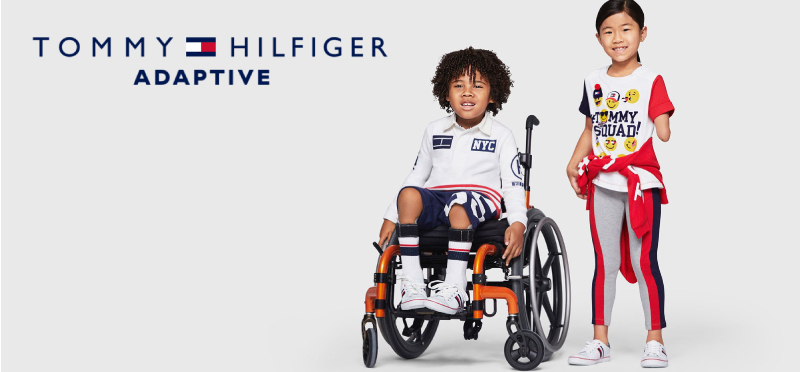
Large, multinational retailers, Target and Tommy Hilfiger, now offer a range of adaptive children’s clothes specifically designed for those children with certain sensory, mobility, and/or medical needs. These ranges of adaptive clothing feature the same aesthetics as the mainstream ranges, and more importantly, they feature a similar price tag. Target and Tommy Hilfiger’s mass-market capabilities have enabled them to increase the accessibility to necessary daily items for a group that was previously overlooked.
Interested in what consumers want to see from your brand? Book in a free strategy session with our strategy experts below!
